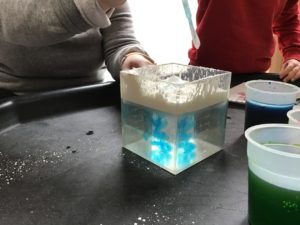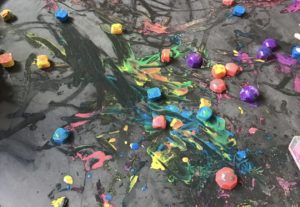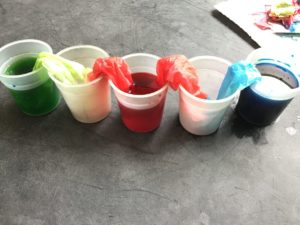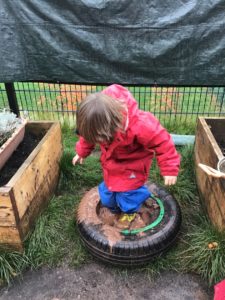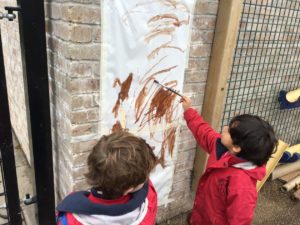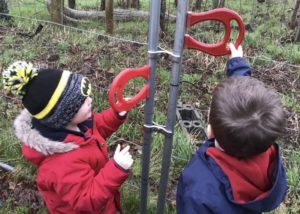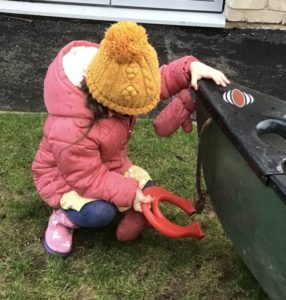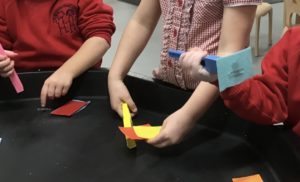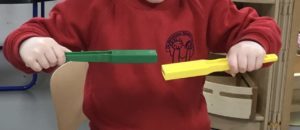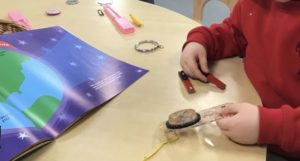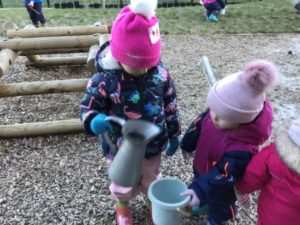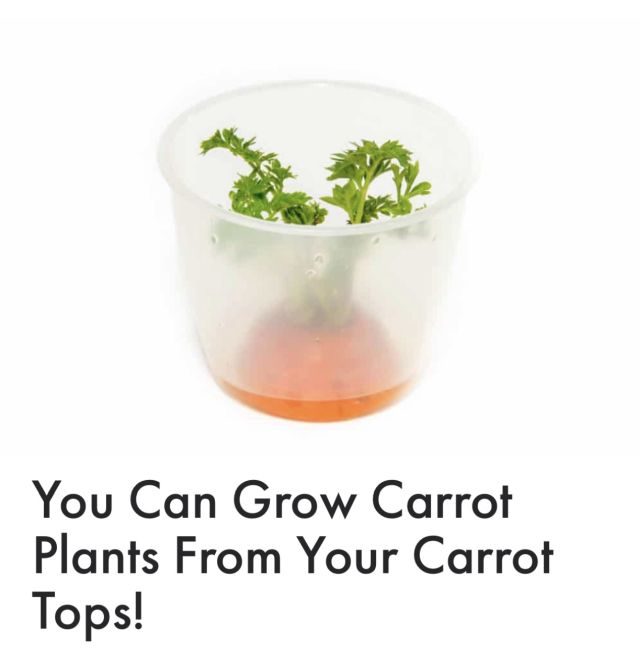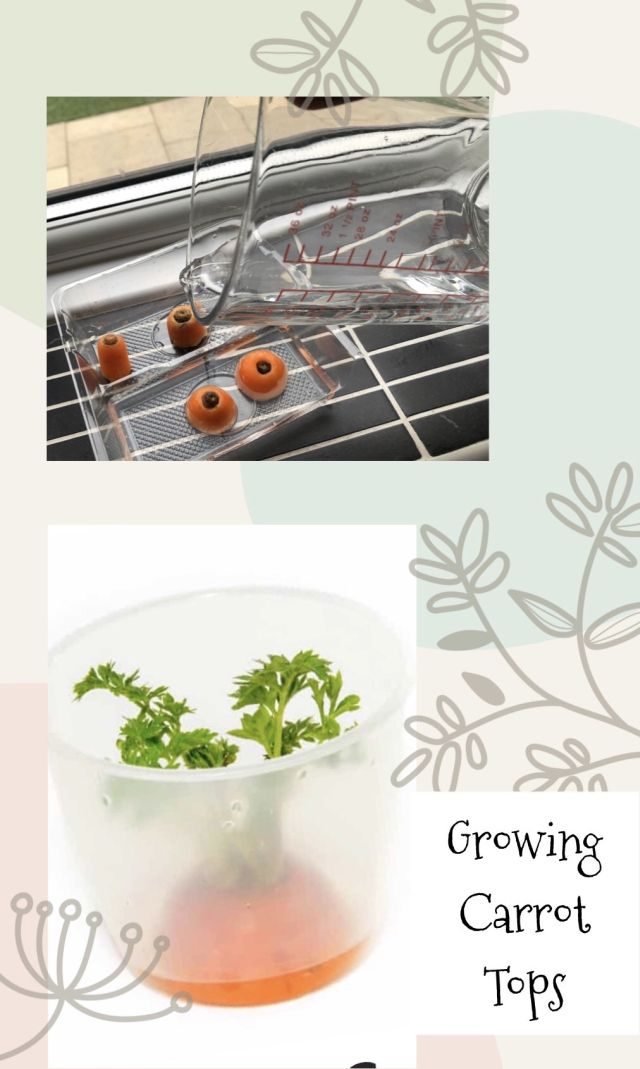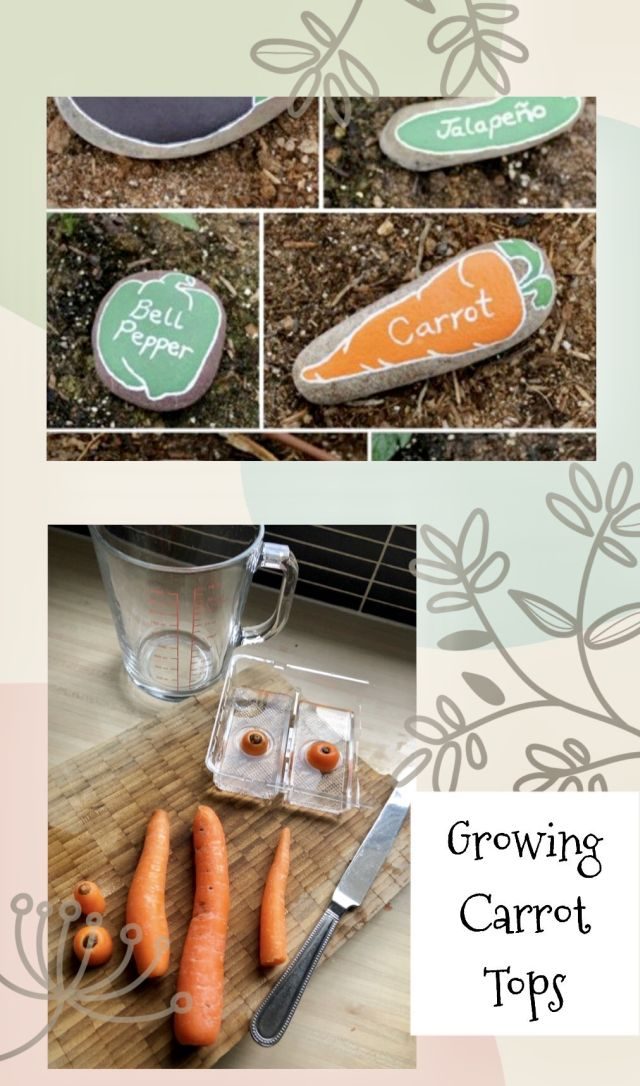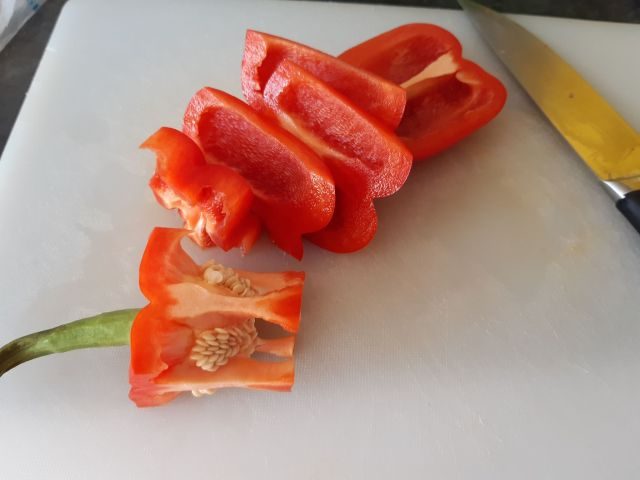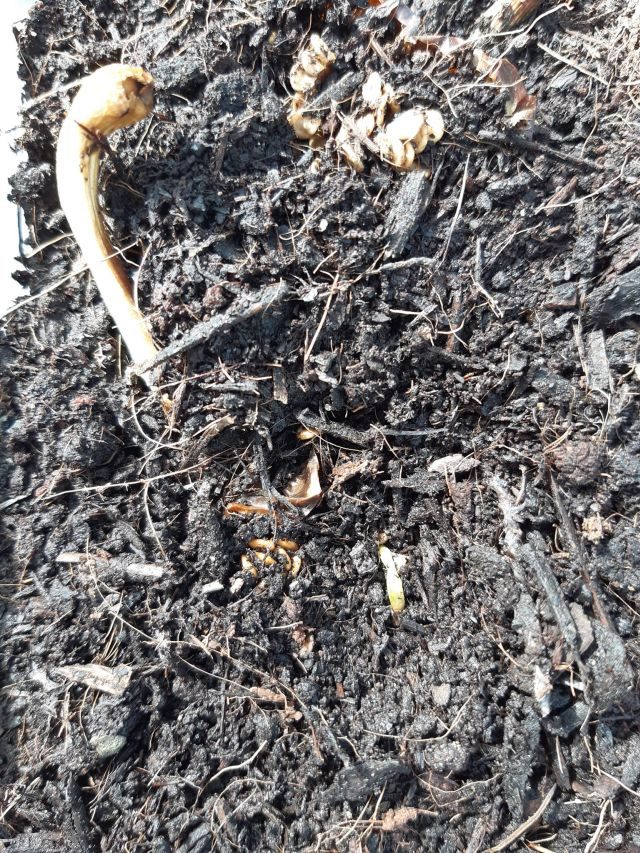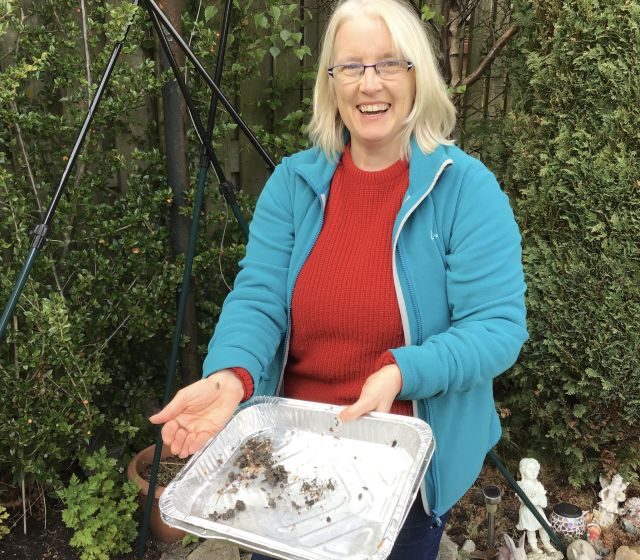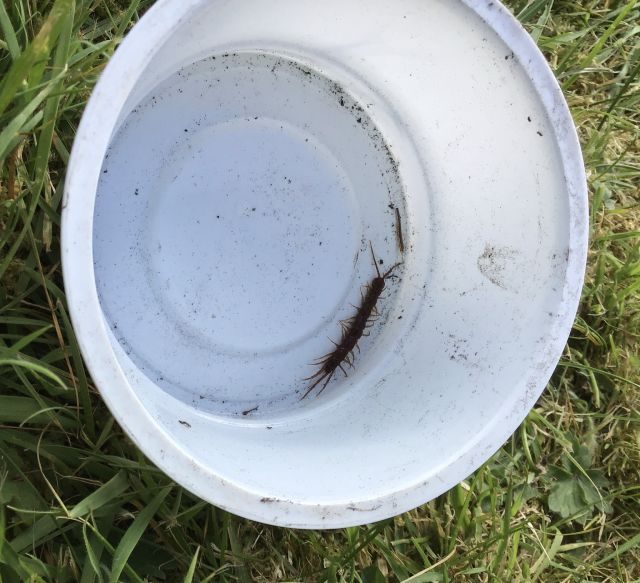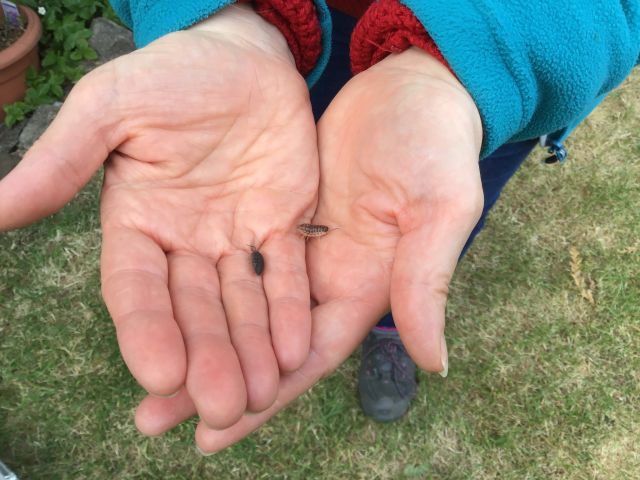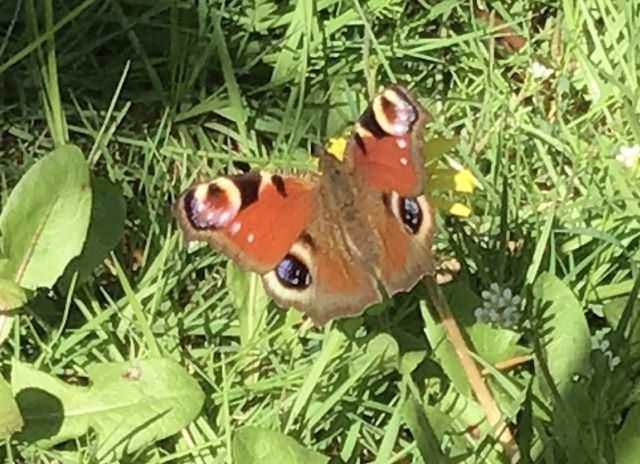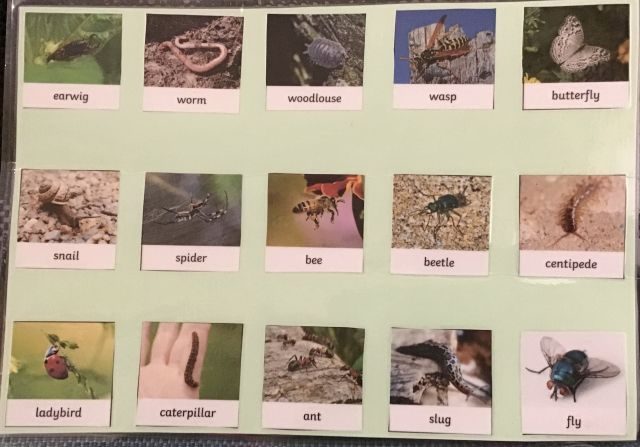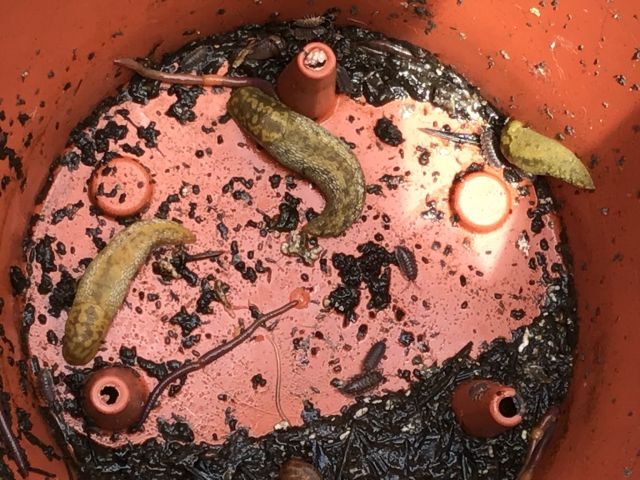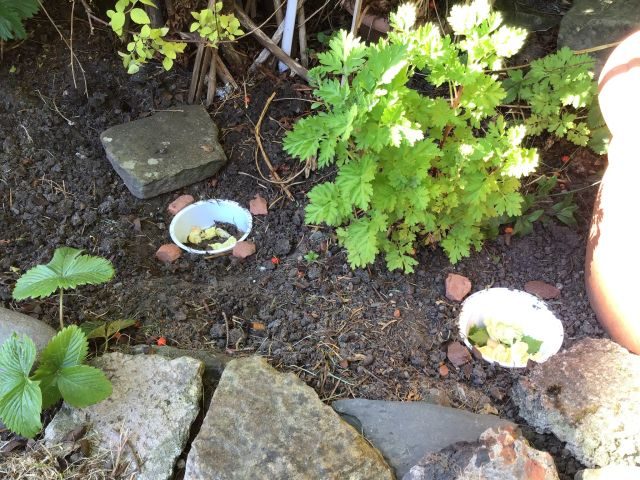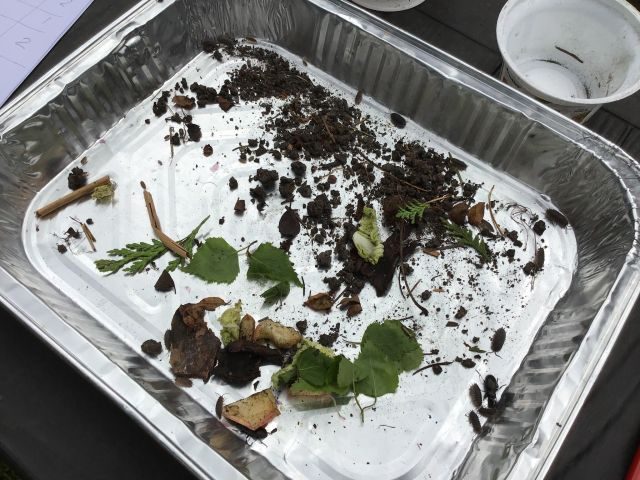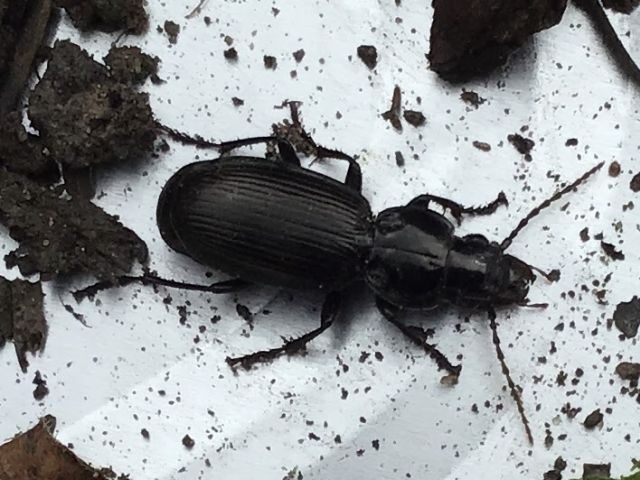by Mrs Burnett
November has provided so many opportunities for quality conversations with the children and helped nurture a love of inquiry and investigation.
After the excitement of Halloween, the children were talking about scary things they had associated with having been out guising. Vampires and bats were a recurring theme, which some children seemed genuinely worried about, so we explored a little about bats to dispel the myths about them being scary.
“They drink your blood.”
“Bats are scary…but not Batman. I like him.”
“I don’t like them, they frighten me.”
Investigation
We talked about how we could find out more information on bats and discovered we could ask people to see what they know, we could look up books in the nursery and we could look on the computer to help us.


We considered what we wanted to know about bats, which included what they eat… particularly do they drink people’s blood at Halloween, but also where they live, where they sleep and what do baby bats look like?
Children naturally have inquiring minds and researching together further develops an interest in discovery. It also reinforces that it is ok not to know something because we can all learn something new.

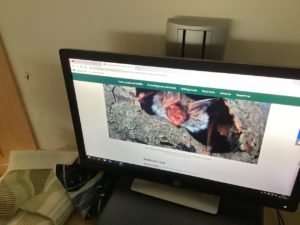
We discovered that bats are not so scary after all…even vampire bats because “they don’t live in Scotland.” The children particularly liked the pictures of the Natterer’s Bat which they nicknamed “the laughing bat” because “he is smiling” in the photos. We learned that many of the species of bat we have in Scotland are tiny and most weigh less than a £1 coin, which felt very light when we held the coin in our hands. We even found out what bat poop looks like!
Development
We learned online that you can make your own bat box .
“It’s a bit like a bird house.”
Some of the children drew pictures of the bat they wanted to make a house for and even drew a design for a bat box.
With the help of a social enterprise that specialises in recycling wood, we sourced a bat box that the children helped assemble using the tool bench. One of the children even tested it out for size using a dinosaur!

Our bat box is ready for the spring when the bats come out of hibernation and everyone now agrees that bats are not scary any more.







